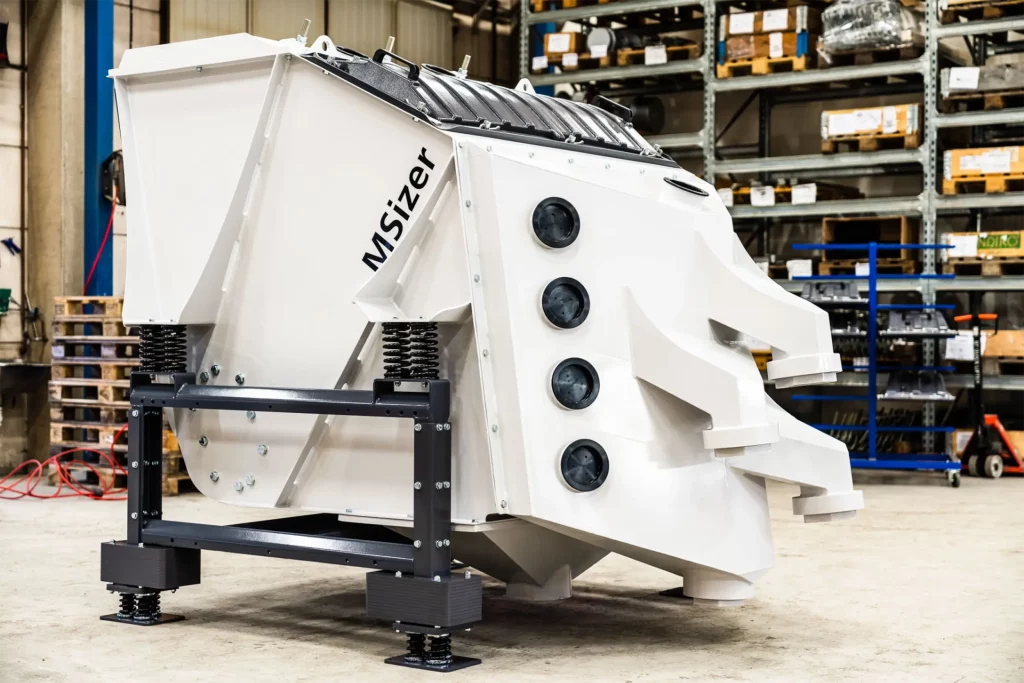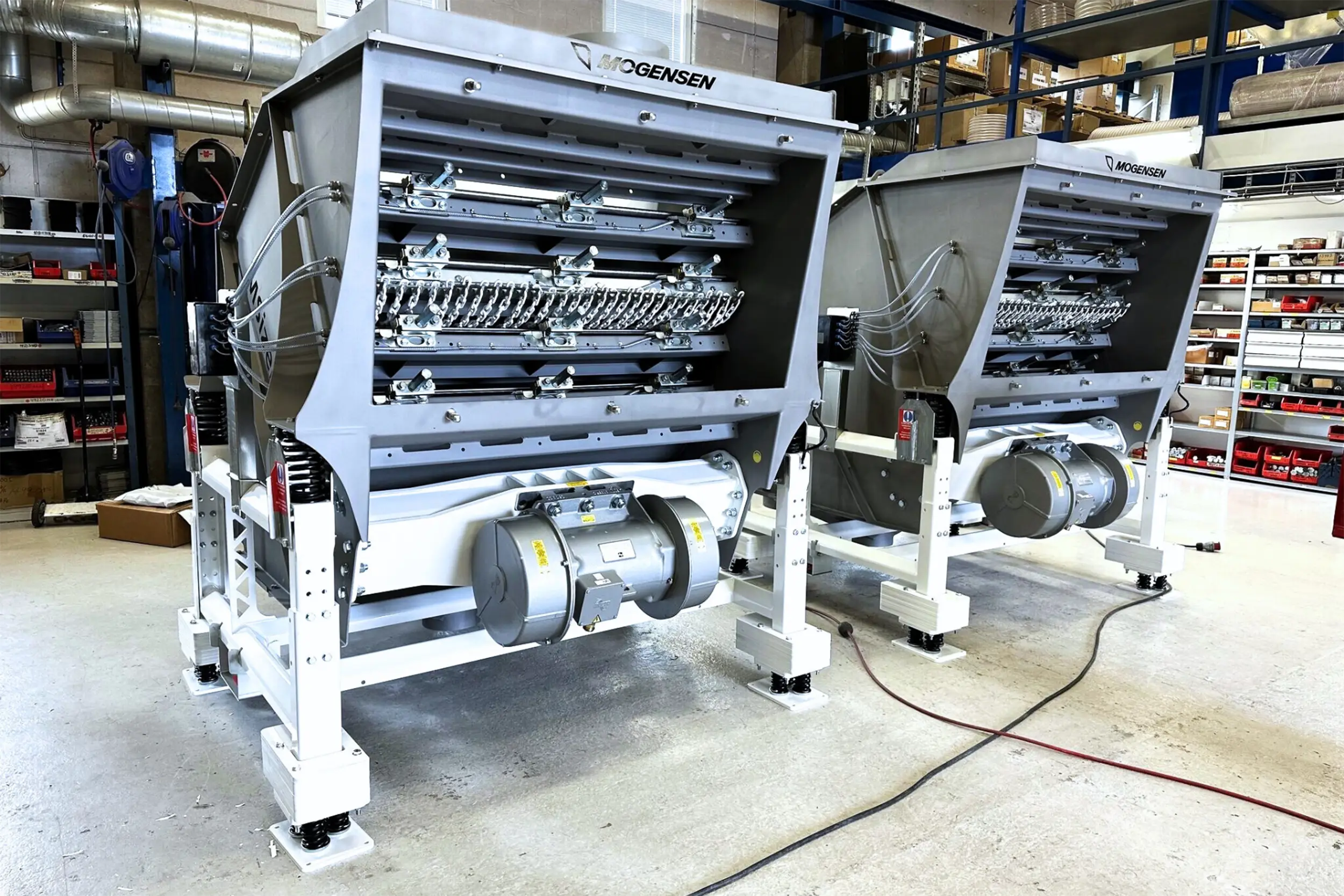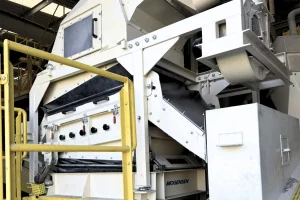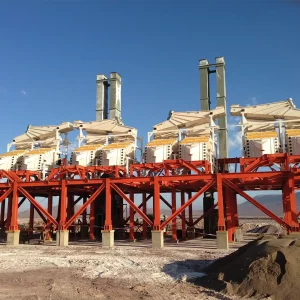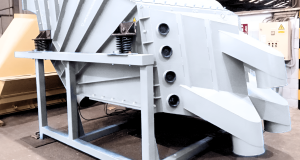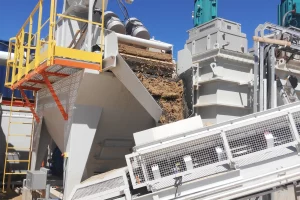Screening equipment endures the constant wear of abrasive minerals, the strain of rapid material flows, and the stress of fluctuating temperatures in industries such as mining, metallurgy, food processing, and recycling. Their longevity depends on more than just ruggedness; it’s a combination of thoughtful engineering, resilient construction, and the ability to withstand real-world demands without faltering. Every design choice, from structural reinforcements to motion control, can mean the difference between trouble-free operation and premature failure.
Structural Design and Materials
Durability starts with strong construction. Screens designed with heavy-duty construction are better able to withstand high loads and constant vibration. For example, technologies that incorporate finite element analysis during the design phase ensure that structural components are optimized to handle stress points. This reduces the likelihood of fatigue failure, which is particularly important in the mining industry, where equipment processes materials such as iron ore, nickel and manganese. High-quality steel, including industrial or stainless steel, is often used to improve resistance to wear and corrosion. In industries like food processing or recycling, where moisture or chemicals are a factor, corrosion-resistant materials can extend equipment life significantly.
Screening Motion and Clogging Prevention
Screening efficiency is closely tied to the motion patterns of the screens. Elliptical and linear motion patterns are designed to minimize clogging and ensure even distribution of material. In the MSizer models, for example, elliptical motion in the MSizer Compact helps prevent the blinding of screens when processing fine-grained materials such as sugar or flour. For higher volumes and coarser materials, the MSizer Extend and Giant versions use linear motion to maintain efficient material flow and throughput. Reducing clogging not only improves efficiency but also minimizes wear and tear caused by material build-up and blockages.
Adaptability to Specific Conditions
Screening equipment operating in hazardous environments, such as coal processing or recycling plants, requires additional considerations for safety and durability. Machines certified for ATEX environments – designed to operate safely in potentially explosive atmospheres – are key to minimizing risk. This adaptability ensures that equipment remains reliable in high-risk sectors.
Maintenance Efficiency
Ease of maintenance directly impacts durability. Features such as quick-change systems for screen decks or integrated monitoring systems help minimize downtime and prevent damage from undetected faults. In the recycling industry, where equipment often handles varied and unpredictable material streams, rapid maintenance can mean the difference between a short repair and long-term damage.
Energy Efficiency and Operating Costs
The energy efficiency of screening equipment affects not just operational costs but also machine longevity. Reduced energy consumption translates to lower heat generation and less mechanical strain, which are significant factors in extending equipment life. In metallurgy applications, where continuous high-capacity processing is necessary, efficient energy use helps mitigate wear caused by prolonged operation.
Real-World Testing and Quality Assurance
Durability is not just about design; it is also about rigorous testing. Our test facilities are designed to simulate real-world conditions, helping to validate equipment performance before it reaches the production floor. In industries that handle abrasive or dense materials such as limestone, basalt or fly ash, these tests ensure that the equipment can withstand the specific challenges of the field. The life of screening equipment depends on a combination of design, material quality, adaptability and proactive maintenance. Understanding these factors can help industries optimize their processes, reduce unexpected breakdowns, and ensure that the equipment they choose continues to perform reliably in the harshest conditions.
